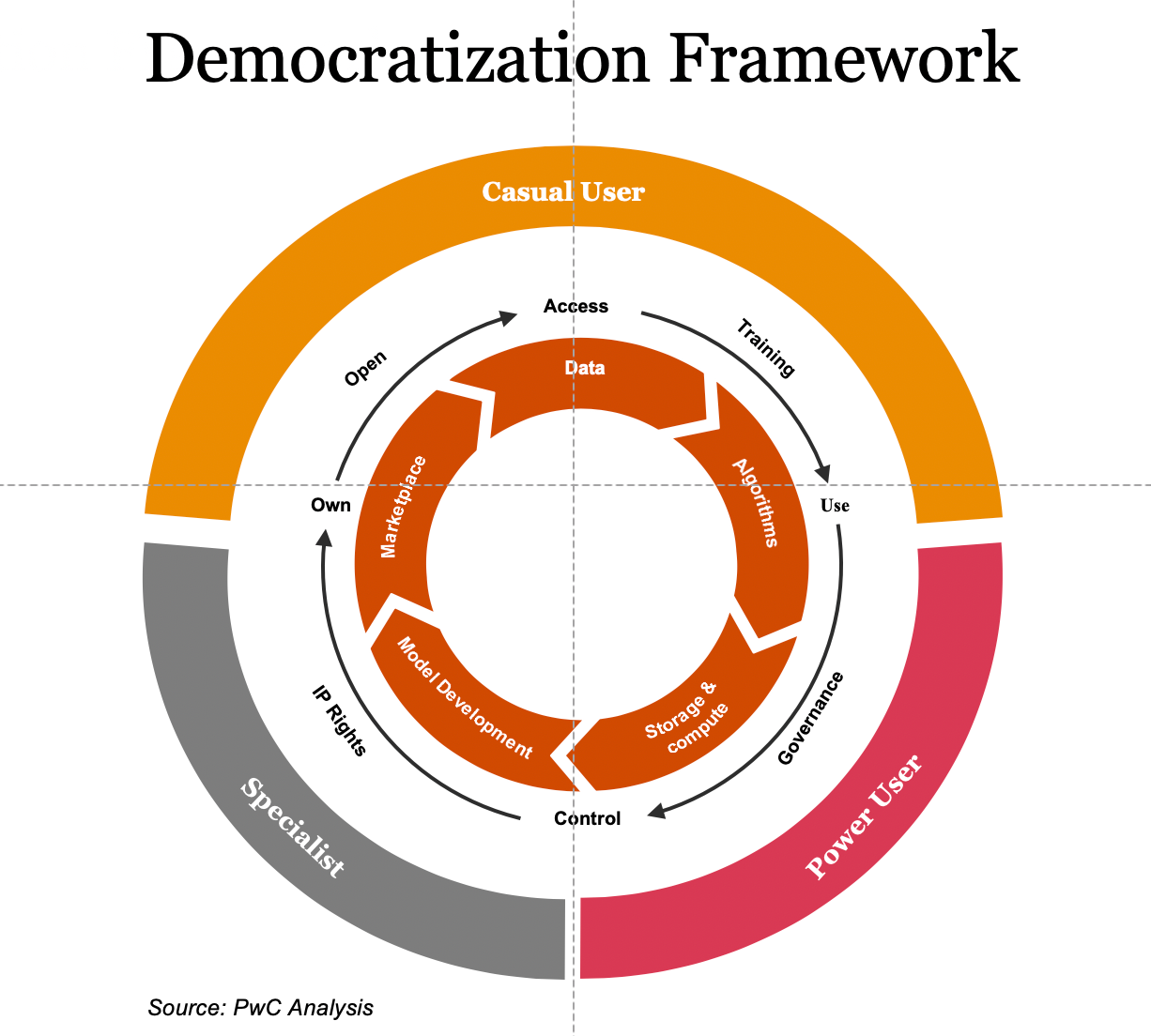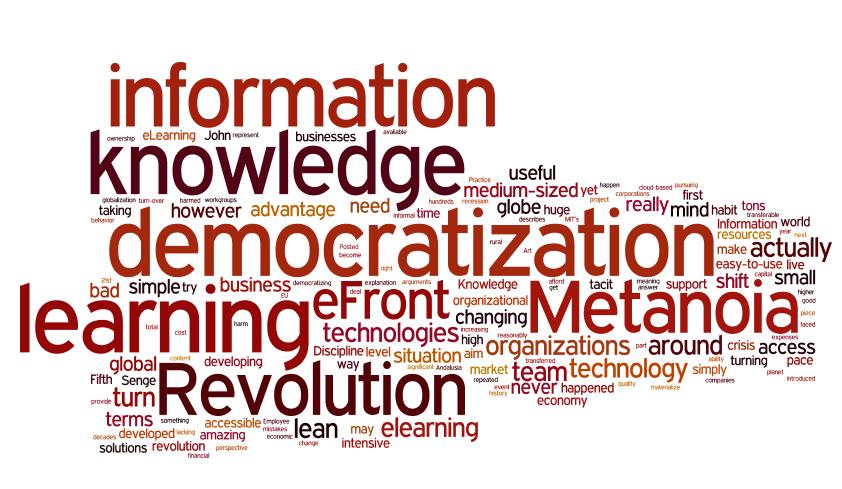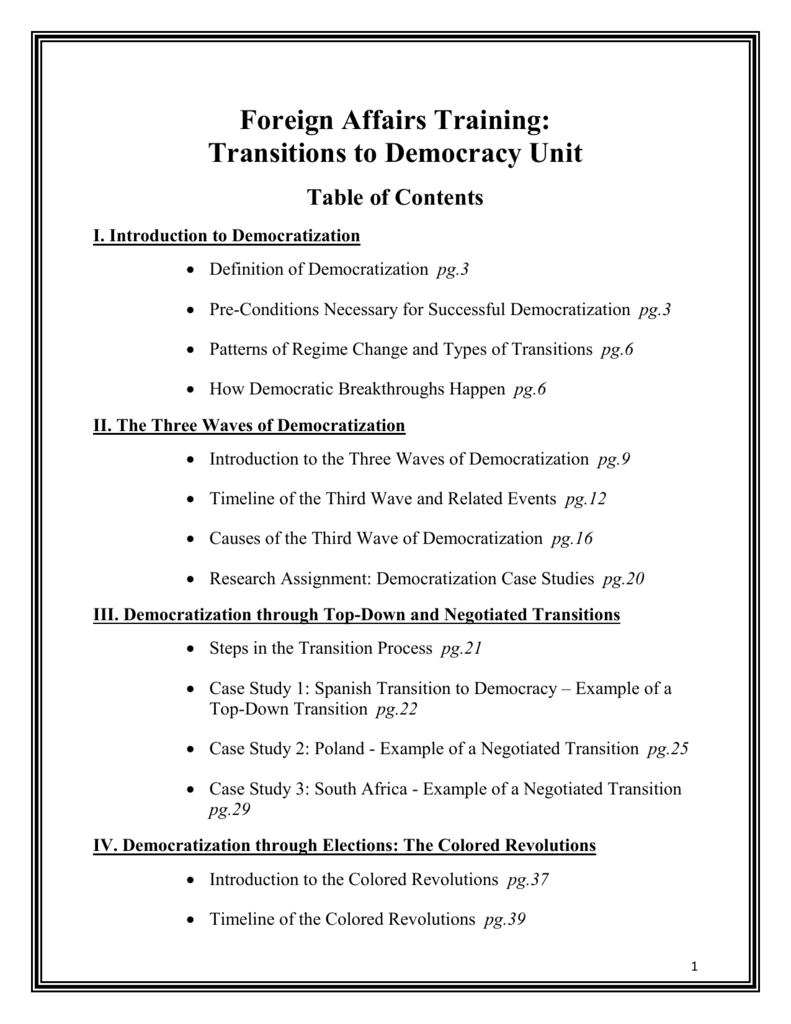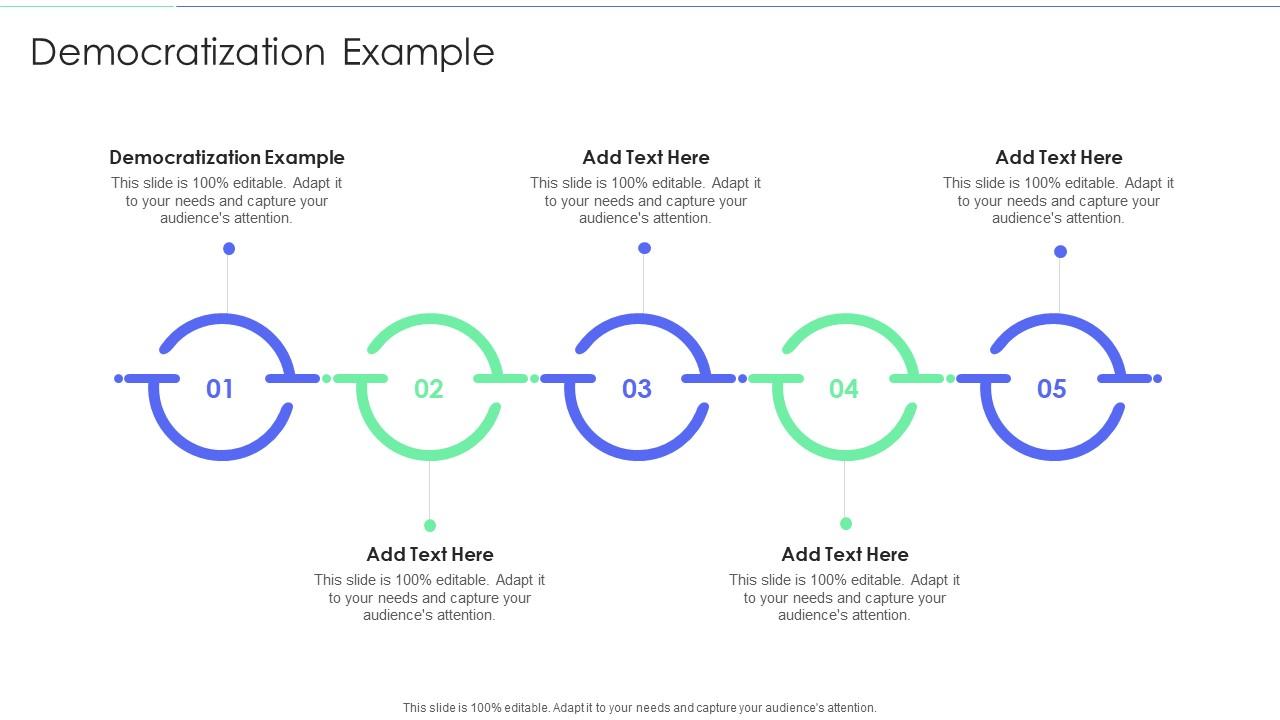Democratization is the process of making a society more democratic, typically by increasing the participation of citizens in the decision-making process and by promoting equal opportunities and rights. There are numerous examples of democratization that have occurred throughout history and continue to happen today in various parts of the world.
One example of democratization is the transition of Eastern European countries from communist regimes to democratic societies after the fall of the Soviet Union. Many of these countries, such as Poland, Hungary, and Czechoslovakia, underwent significant political and economic reforms in the 1990s to establish multi-party systems, free and fair elections, and independent media. These reforms were aided by international organizations, such as the European Union, which provided assistance and support for the transition to democracy.
Another example of democratization is the Arab Spring, a series of popular uprisings that occurred in several Arab countries in 2011. These protests were driven by widespread dissatisfaction with authoritarian regimes and a desire for greater political freedom and participation. As a result of these protests, several countries, including Egypt, Tunisia, and Libya, underwent significant political changes and made efforts to become more democratic. However, the outcomes of these efforts have been mixed, with some countries experiencing ongoing conflict and instability.
In addition to political democratization, there are also examples of democratization in other areas of society, such as the workplace and education. In recent years, there has been a movement towards more participatory and collaborative forms of management in the workplace, known as "democratic leadership." This approach involves giving employees more say in decision-making and allowing them to contribute their ideas and input. Similarly, in education, there has been a trend towards "student-centered learning," in which students are more actively involved in the learning process and have greater control over their own learning experiences.
Overall, democratization is a complex and ongoing process that involves a range of political, social, and economic factors. While there have been many successes and positive outcomes, there have also been challenges and setbacks. Despite these challenges, the desire for greater democracy and participation is a powerful force that continues to drive change and progress in various parts of the world.
What is "Data Democratization"? Examples and Tools to Get Started

This wave ended in the 1920s with the failure of democracy in countries like Germany and the emergence of a wide variety of authoritarian regimes. These tools may include the After properly assembling and deploying such components, a firm can achieve the desired results and reinforce trust. Once data is collected, where is it stored and by whom can it be accessed? From the Industrial Revolution to the Globalization of Democracy. They have also allowed businesses to operate more efficiently using automation and other digital tools. If we accept this, or similar, definition of democracy we call this procedural democracy , then, the goal of democratization is the establishment of free and fair elections, and democratization can be considered the process by which the civil liberties and political rights necessary to achieve this goal are … What is a term democratization in it? For example, visually impaired people often have difficulty using technologies that require screens or graphics. These people at the top benefit from the president's ability to manipulate resources and decide on policies to favour them. In the modern era, we have seen the Arab spring rise and fall, with some countries making modest reforms and people fighting for as many reforms as they could get; among these, the idea of equality.
Democratisation

The government subsequently faced protests, which they put down using excessive force. It has allowed companies to reach a wider audience and sell their products and services worldwide. Multiple business units such as Sales and Marketing that make key business decisions have had to go through IT personnel to access the data that they require to make data-driven decisions, a process that consumes time. When any stakeholder from outside these departments required data for their work, they had to go through these data gatekeepers to access the necessary assets. Comparing the old constitutions with the new ones, it may be said that the note of those enacted in the first thirty or forty years of the republic was their jealousy of executive power and their careful safeguarding of the rights of the citizen; that of the second period, from 1820 to the Civil War 186165 , the democratization of the suffrage and of institutions generally; that of the third period since the war to the present day , a disposition to limit the powers and check the action of the legislature, and to commit power to the hands of the whole people voting at the polls. The third wave technically began with the democratization of Spain, Portugal, and much of South America in the late 1970s and mid-1980s, but is most clearly shown with the fall of communism and institution of democracy in eastern Europe from 1989-1992. The Autocratic Middle Class: How State Dependency Reduces the Demand for Democracy.







